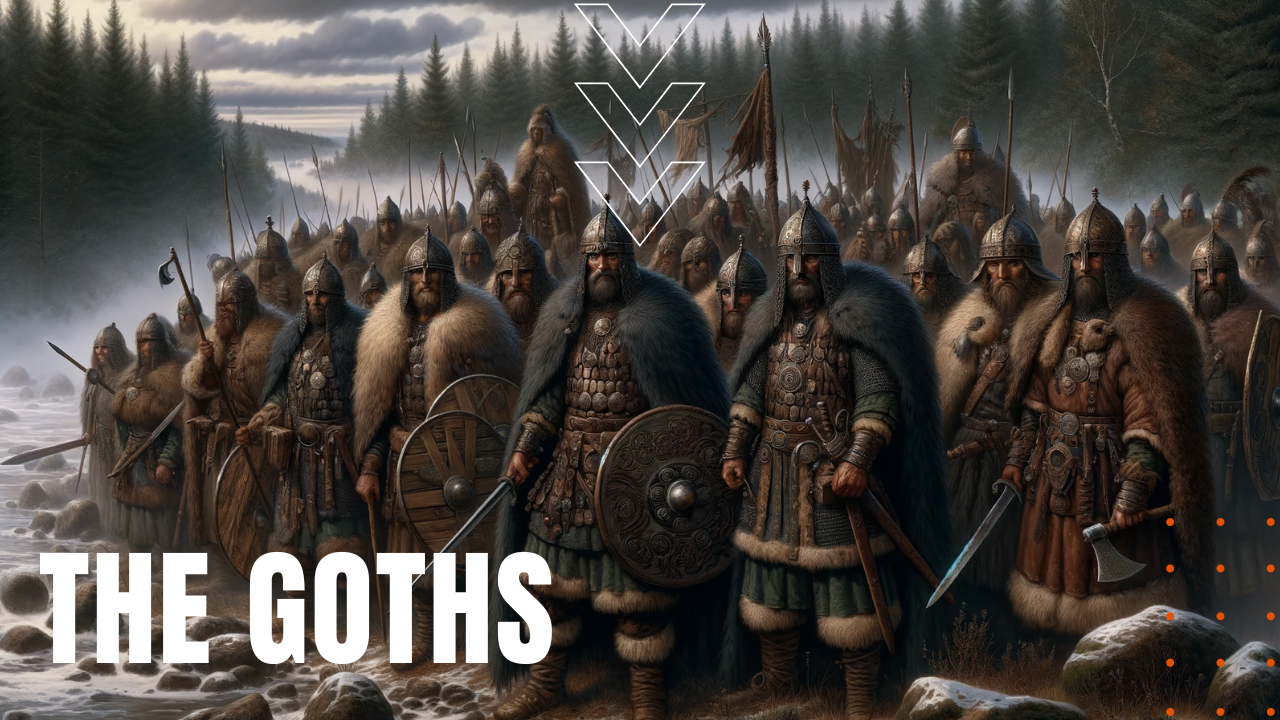The Goths

The Goths were an aggressive Germanic people who almost singlehandedly brought down the Western Roman Empire during the 4th and 5th centuries. Divided into two major branches, the Visigoths or “Western Goths” emerged as a separate and distinct people following the Battle of Adrianople in 378 A.D., leading to the defeat of Emperor Valens’ Roman army.
Alaric 1
Led by decisive leaders like Alaric 1, the Visigoths conquered the western part of the Roman Empire, all the while seeking refuge from attacking Huns who pushed them westward from the east. Under Alaric’s command, in 410 A.D., the Visigoths sacked Rome—a symbolic turning pointing in the ongoing collapse of the Roman Empire—before establishing a kingdom in the Iberian Peninsula after defeating the Suebi and Vandal people, lasting until the Muslim conquest of present-day Spain in the 8th century The Ostrogoths or “Eastern Goths,” on the other hand, established their kingdom in Italy under Theodoric the Great in the early 6th century, ushering in a period of relative stability, cooperation and trade between the Goths and the Romans, only to fall to a Byzantine reconquest under Emperor Justinian by the mid-6th century.
Driving out Romans
During their bilateral reigns, the Goths pushed the Romans from most of the European continent, governing much of Europe from present-day Germany to the Danube and Don rivers in Eastern Europe, from the Black Sea in the south to the Baltic Sea in the north. Of pagan origin, over time, the Visigoths and the Ostrogoths adopted Arian Christianity, which set them at odds with the Nicene Christianity practiced by the Romans, creating persistent tensions between Goth and Roman authorities.
Heavy Influence
While Gothic military prowess reshaped much of European history, the Goths also heavily influenced art, architecture, culture and jurisprudence, including the Visigothic Code first composed by King Chindasuinth in 643 A.D., which combined elements of Roman, Catholic and Germanic tribal law. Although their kingdoms were relatively transient, the Visigoths and Ostrogoths played an important role in bridging the gap between the classical world and the medieval period in Europe, making the Goths, another complex moment in the tapestry of Europe’s history.
